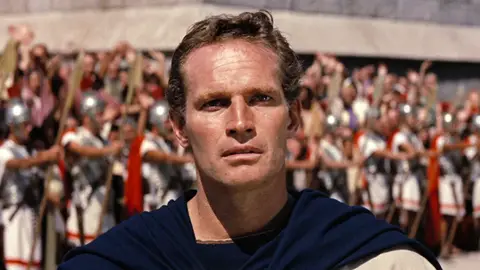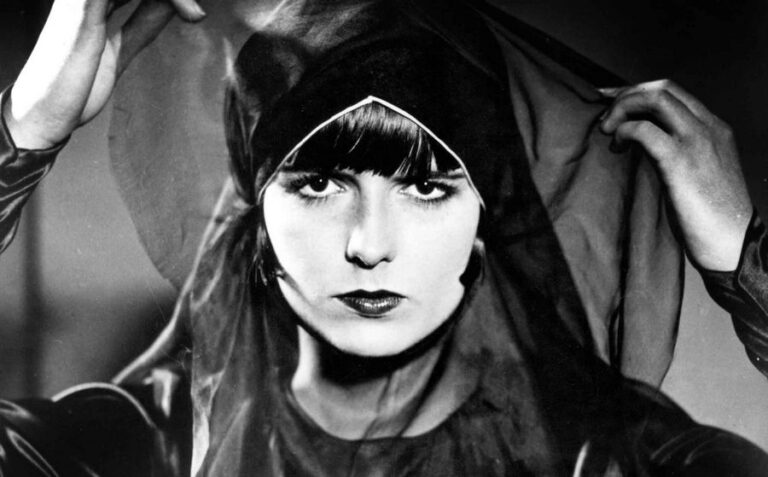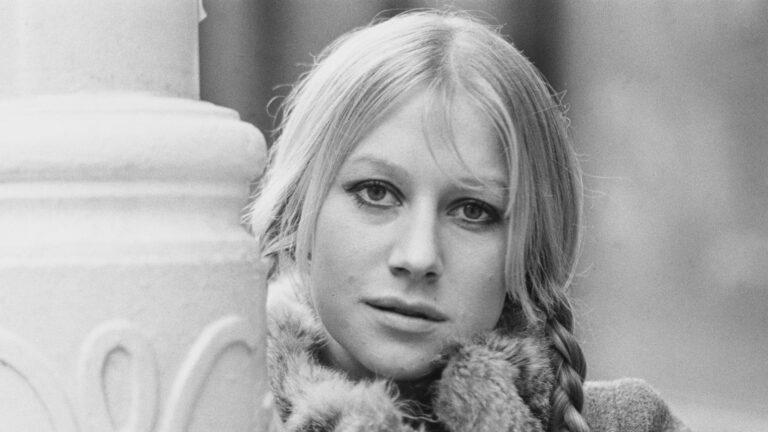Interesting Facts About Marnie (1964): A Hitchcockian Thriller
Marnie (1964) is a psychological thriller directed by Alfred Hitchcock, starring Tippi Hedren and Sean Connery. It’s a film filled with intrigue, manipulation, and psychological drama, and it stands out as a milestone in Hitchcock’s filmography for several reasons. From its place in the history of the “Hitchcock blonde” to the behind-the-scenes dynamics, here are some fascinating facts about Marnie.
1. Tippi Hedren Was the Last “Hitchcock Blonde”
Alfred Hitchcock was known for his fascination with cool, elegant blonde actresses, such as Grace Kelly, Janet Leigh, and Kim Novak. Tippi Hedren, who played the titular role in Marnie, became the last “Hitchcock blonde” to take center stage in one of his films. Hedren had already starred in Hitchcock’s previous thriller, The Birds (1963), and although Marnie was her second collaboration with the legendary director, it would also be her last, marking the end of an iconic era in Hitchcock’s filmmaking style.
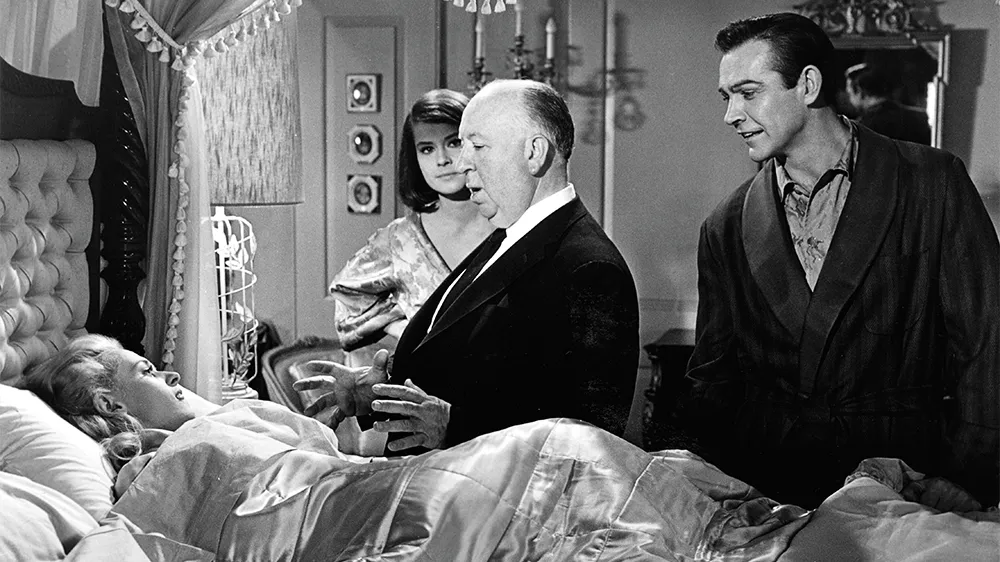
2. Sean Connery Chose Marnie Over More James Bond
In 1964, Sean Connery was already a global sensation thanks to his role as James Bond, but rather than sticking exclusively to Bond films, Connery opted to take on the role of Mark Rutland in Marnie. His performance added a layer of charm and psychological complexity to the film. At the time, Connery’s decision to work with Hitchcock signified his desire to take on more diverse acting roles beyond the Bond franchise, demonstrating his versatility as an actor.
3. The Film’s Troubled Production
The production of Marnie was fraught with challenges. Hitchcock was deeply invested in controlling every aspect of the film, which led to tension between him and Tippi Hedren. While Hedren delivered a stellar performance, their off-screen relationship became increasingly strained, culminating in the end of their professional collaboration. Hedren later revealed that Hitchcock’s obsessive behavior made the filming process uncomfortable, adding a dark layer to their working relationship.
4. The End of Key Collaborations for Hitchcock
Marnie marked the end of several important collaborations in Hitchcock’s career. It was the final film he worked on with cinematographer Robert Burks, who had worked on some of Hitchcock’s most visually stunning films, including Vertigo (1958) and North by Northwest (1959). It also marked the last time editor George Tomasini worked with Hitchcock, as Tomasini passed away shortly after the film’s release. Composer Bernard Herrmann, known for his iconic scores in films like Psycho and Vertigo, was replaced during Hitchcock’s next film, Torn Curtain (1966), marking the end of a fruitful creative partnership.
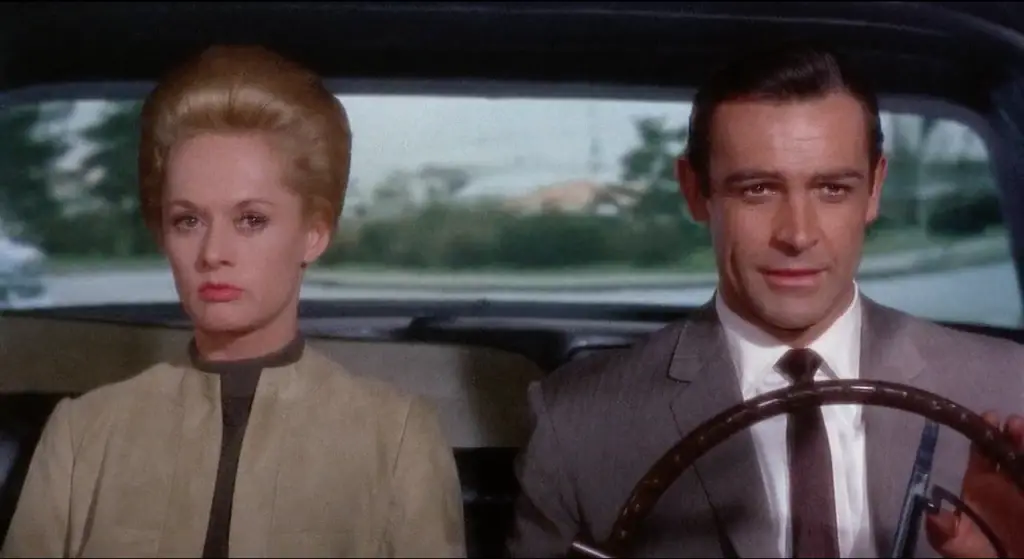
5. Bernard Herrmann’s Unused Score
Though Bernard Herrmann was Hitchcock’s go-to composer, Marnie was one of the last films he scored for the director. Herrmann’s music for Marnie plays a pivotal role in setting the film’s mood, filled with tension and psychological depth. However, by Hitchcock’s next film, Torn Curtain, Herrmann was fired over creative differences regarding the musical direction. Hitchcock and Universal wanted a more contemporary, jazz-influenced score, but Herrmann’s traditional orchestral style didn’t fit the studio’s vision.
6. The Use of Rear Projection
A trademark of Hitchcock’s visual style was the use of rear projection, and Marnie was no exception. Hitchcock relied heavily on this technique, particularly in outdoor scenes. While rear projection was a standard practice at the time, its extensive use in Marnie has been criticized for creating a somewhat artificial look. However, it also adds to the film’s dreamlike, psychological atmosphere, reflecting Marnie’s unstable mental state.
7. Psychological Themes and Controversy
Marnie is one of Hitchcock’s most psychologically complex films, exploring themes of trauma, identity, and control. The character of Marnie struggles with a dark past that manifests in her compulsive thievery and deep-seated fear of intimacy. The controversial subject matter, including Marnie’s psychological issues and the portrayal of Mark Rutland’s manipulative behavior, pushed boundaries at the time, making the film both daring and divisive.
Final Thoughts
Marnie remains a fascinating part of Alfred Hitchcock’s filmography, blending psychological intrigue with the suspense that Hitchcock mastered. The film’s combination of strong performances from Tippi Hedren and Sean Connery, along with its behind-the-scenes drama, ensures its place as a memorable, if not controversial, classic in Hollywood history.

